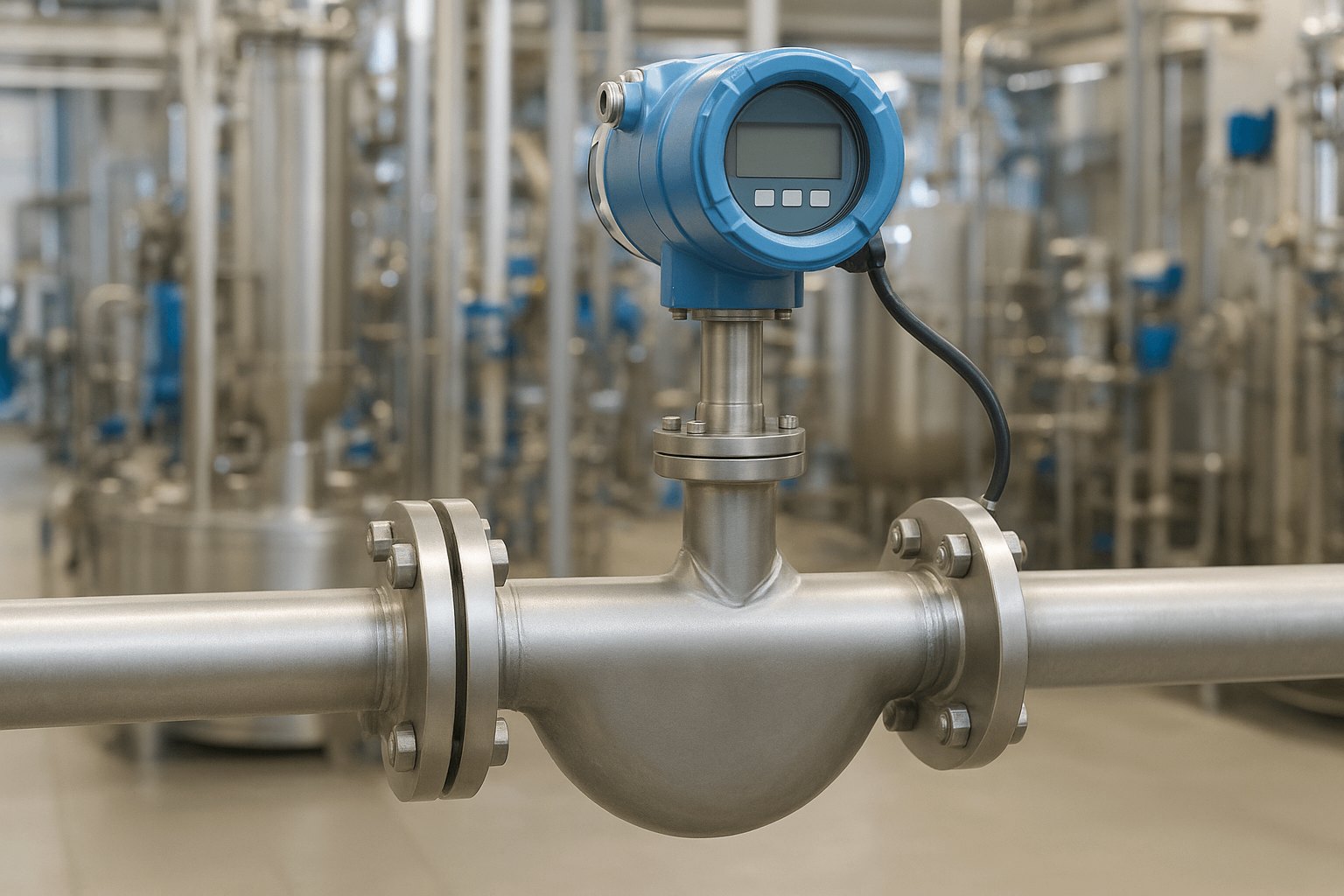Understanding the Longevity of Cement Waterproofing: What You Need to Know
When it comes to construction and building maintenance, waterproofing is a critical aspect that ensures the longevity and durability of structures. Among various waterproofing methods, cement-based waterproofing has gained popularity due to its effectiveness and versatility. However, a common question arises: What is the life expectancy of cement waterproofing? This article delves into the factors influencing the lifespan of cement waterproofing, its applications, and best practices for maintenance.
The Basics of Cement Waterproofing
Cement waterproofing involves the application of a cementitious mixture that creates a barrier against water infiltration. This method is often used in basements, foundations, terraces, and other areas prone to moisture. The primary components of cement waterproofing include Portland cement, sand, and various additives that enhance its properties, such as flexibility, adhesion, and resistance to chemicals.
Factors Influencing Life Expectancy
- Quality of Materials: The longevity of cement waterproofing largely depends on the quality of the materials used. High-grade cement, properly graded aggregates, and effective additives can significantly enhance the waterproofing layer's durability.
- Application Technique: Proper application is crucial for achieving optimal performance. Factors such as surface preparation, mixing ratios, and application methods can affect the integrity of the waterproofing layer. For instance, inadequate surface cleaning can lead to poor adhesion, resulting in premature failure.
- Environmental Conditions: The environment plays a significant role in determining the lifespan of cement waterproofing. Areas with extreme weather conditions, such as heavy rainfall, freeze-thaw cycles, or high humidity, can accelerate wear and tear. Additionally, exposure to chemicals or salts can compromise the waterproofing layer.
- Structural Movement: Buildings naturally settle and shift over time. If the structure experiences significant movement, it can lead to cracks in the waterproofing layer, allowing water to penetrate. Therefore, understanding the structural dynamics is essential for predicting the life expectancy of cement waterproofing.
- Maintenance Practices: Regular maintenance can extend the life of cement waterproofing. This includes periodic inspections, cleaning, and timely repairs of any damage. Neglecting maintenance can lead to minor issues escalating into significant problems, ultimately reducing the lifespan of the waterproofing system.
Typical Life Expectancy
On average, cement waterproofing systems can last anywhere from 10 to 20 years, depending on the aforementioned factors. However, with high-quality materials, expert application, and diligent maintenance, some systems have been known to last even longer. It is essential to note that while cement waterproofing can provide a robust barrier against moisture, it is not entirely impervious to water. Over time, micro-cracks may develop, necessitating periodic inspections and repairs.
Best Practices for Enhancing Longevity
- Choose Quality Materials: Invest in high-quality cement and additives that enhance the waterproofing properties. Consult with suppliers to select products that are specifically designed for your environmental conditions.
- Hire Professionals: Engage experienced contractors who specialize in cement waterproofing. Their expertise in surface preparation and application techniques can significantly impact the performance of the waterproofing system.
- Conduct Regular Inspections: Schedule routine inspections to identify any signs of wear, such as cracks or peeling. Early detection of issues can prevent costly repairs down the line.
- Implement Proper Drainage: Ensure that the area surrounding the structure has adequate drainage to divert water away from the foundation. This can reduce the hydrostatic pressure on the waterproofing layer.
- Consider Additional Protection: In particularly harsh environments, consider adding a protective layer over the cement waterproofing. This could include a layer of protective coating or a drainage mat that can further enhance the system's durability.
Conclusion
Cement waterproofing is a reliable solution for protecting structures from water damage, but its life expectancy can vary widely based on several factors. By understanding these factors and implementing best practices, property owners can significantly enhance the longevity of their cement waterproofing systems. Regular maintenance, quality materials, and professional application are key to ensuring that your investment in waterproofing pays off for years to come.




